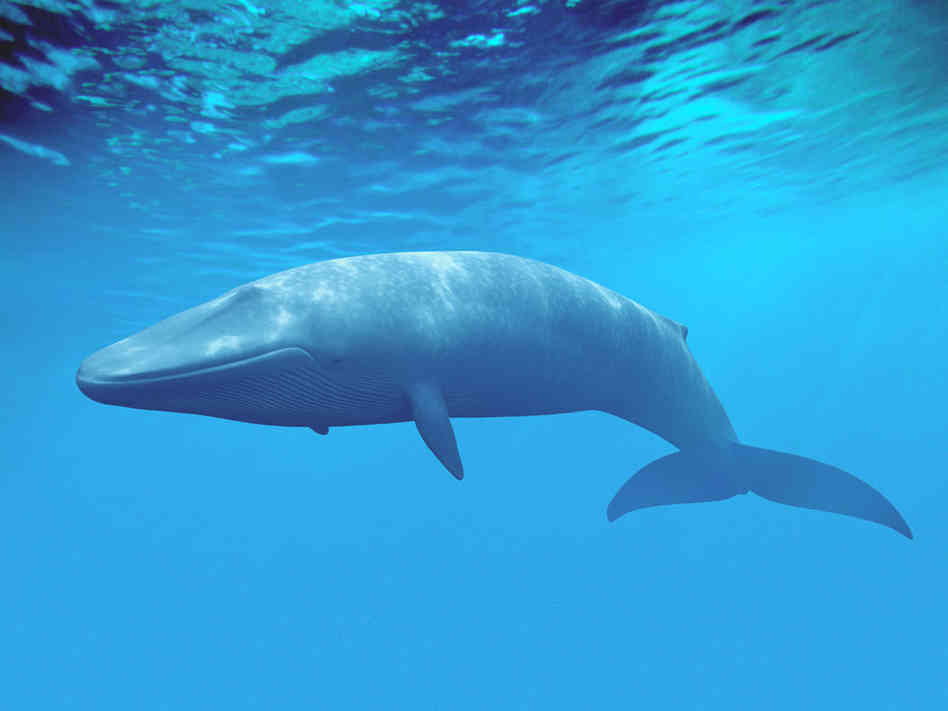But that will only hold good as long as the extra time is spent productively.
但這只有在額外的時間被有效利用的情況下才有效。
Dr Goldbogen and his team attached water-and-pressure-proof data-recording tags to a range of both toothed and baleen cetaceans,
Goldbogen博士和他的團隊將防水和耐壓的數據記錄標簽分別貼在了齒鯨和須鯨的身上
to see what they got up to on their hunting dives. In particular, accelerometers in the tags could record the sudden changes of speed,
以觀察它們在潛水時的情況。尤其是標簽上的加速器可記錄速度的突然變化,
such as lunging movements, that are associated with predatory behaviours.
比如與捕食行為相關的沖刺運動。
Counting whale hunts per dive in this way, and knowing from previous studies what types of prey particular cetaceans favour,
用這種方式記錄每次潛水時的鯨魚捕食活動并根據先前的研究了解某類鯨魚喜歡的獵物類型
the researchers were able to work out the feeding efficiencies—energy in versus energy out—of the two sorts of whale.
研究人員能夠計算出兩種鯨魚的進食效率——輸入能量對比輸出能量。

Toothed whales, they found, are living on the edge, size-wise.
他們發現就體型而言,齒鯨生活在危險邊緣。
The number of individual prey they are able to chase and capture in a single dive is just enough to sustain animals of their size.
它們每次潛入深海中能夠捕獲的單個獵物數量僅夠維持它們這種體型的動物的生存。
By contrast, the baleen whales the researchers looked at, once they have encountered a shoal of prey, are in nutritional nirvana.
相比之下,研究人員觀察到的須鯨一旦遇到一群獵物,就處于營養極樂世界。
A single lunge by a large rorqual, they reckon, can capture ten times as much food as the largest individual prey taken by toothed whales.
他們認為一只巨大鳁鯨的一次猛撲所捕獲的食物是齒鯨所捕獲的最大的單個獵物的十倍。
Toothed whales thus do seem to have hit some sort of size limit.
因此,齒鯨似乎確實有某種體型上的限制。
Perhaps, though, baleen whales might continue to evolve and get bigger still.
不過,也許須鯨會繼續進化,變得更大。
The blue whale is, at the moment, the largest animal, extant or extinct, know to have lived. Might its descendants be larger yet?
目前,藍鯨是已知的現存或已滅絕動物中最大的。它的后代或許會更大?
譯文由可可原創,僅供學習交流使用,未經許可請勿轉載。












